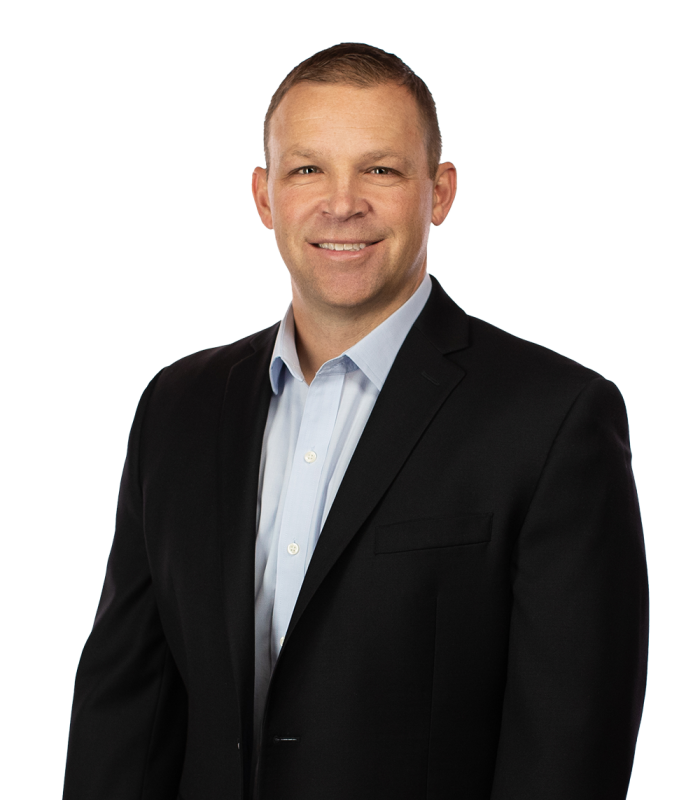It’s surprising that people in the business of planning and running an enterprise are often their own worst enemies when it comes to planning for themselves. According to a survey by the American College of Financial Services, about a third of small-business owners do not have a personal or business-sponsored retirement plan, such as a 401(k) or SEP IRA. Nearly the same number haven’t estimated how much money they will need for retirement. These are the primary reasons business owners aren’t better prepared for retirement:
Business growth takes priority over retirement savings.
Owners are often so focused on their business that funds earned are simply reinvested back into the business for future growth and expansion. At some point, business profits should be diversified into other investments and retirement savings to safeguard the future of the business and owner.
Owners rely too heavily on the business to provide for their retirement needs.
Owners often overestimate the sales value of their business and have unrealistic expectations as a result. A business succession plan should be developed long before retirement date to ensure the long-term sustainability of the business and a successful payout to the owner.
Setting up a company retirement account seems too daunting.
Many owners have not set up an employer-sponsored retirement plan because the rules appear too complex.
Insufficient retirement estimates or no consideration for retirement at all.
We all know that being a business owner can have its benefits when it comes to pre-tax business use expenses. When preparing for retirement, small-business owners often make the mistake of underestimating their personal expenses by overlooking the fact that the business covered many of their expenses. However, there are several simple retirement savings options for business owners and professional practices:
1. Solo 401(k)
This plan is great for those who work on their own, or with a spouse, that do not have employees working at least half time. These plans cost little and maximize retirement contributions by allowing the owner to put aside the standard employee contribution of $17,500 a year (up to $23,000 for those 50 and over) and the employer can put up to an additional 25 percent of pay with a total annual contribution limit of $57,500. If owners do have full time employees and want to offer them the ability to defer the maximum 401(k) contribution limit, then owners should look into setting up a standard 401(k) plan.
2. SEP-IRA
If the retirement contribution goals are more modest, owners can consider the often free SEP-IRA. Setting up a SEP (Simplified Employee Pension Plan) involves little more paperwork than a traditional IRA. Like the solo 401(k), this plan works best if there are not long-tenured employees. Any employee who has earned $550 or more in three of the last five years participates in the plan, which can get expensive for the employer. The SEP can only accept contributions by the business, and the limits are 20 percent to 25 percent of each qualifying employee’s pay.
3. SIMPLE-IRA
This is the most basic plan that works for companies with more than a few employees but no more than 100. Businesses must offer a matching contribution of up to 3 percent of each qualifying employee’s pay, or a straight 2 percent regardless of employee contribution. Employees can choose to defer up to $12,000 of their income, with those 50 and over able to kick in an additional $2,500. Employees who have earned at least $5,000 a year with the business in any two years before the current calendar year must be included in the plan. If owners have employees, this is a nice low-cost option with the downside of not allowing as much pre-tax savings. Many owners love what they do and don’t intend to retire. Sometimes life throws us the unexpected curve ball and plans fall apart. All business owners should have a retirement plan in place with passive income streams and retirement savings to provide for those Golden Years.
